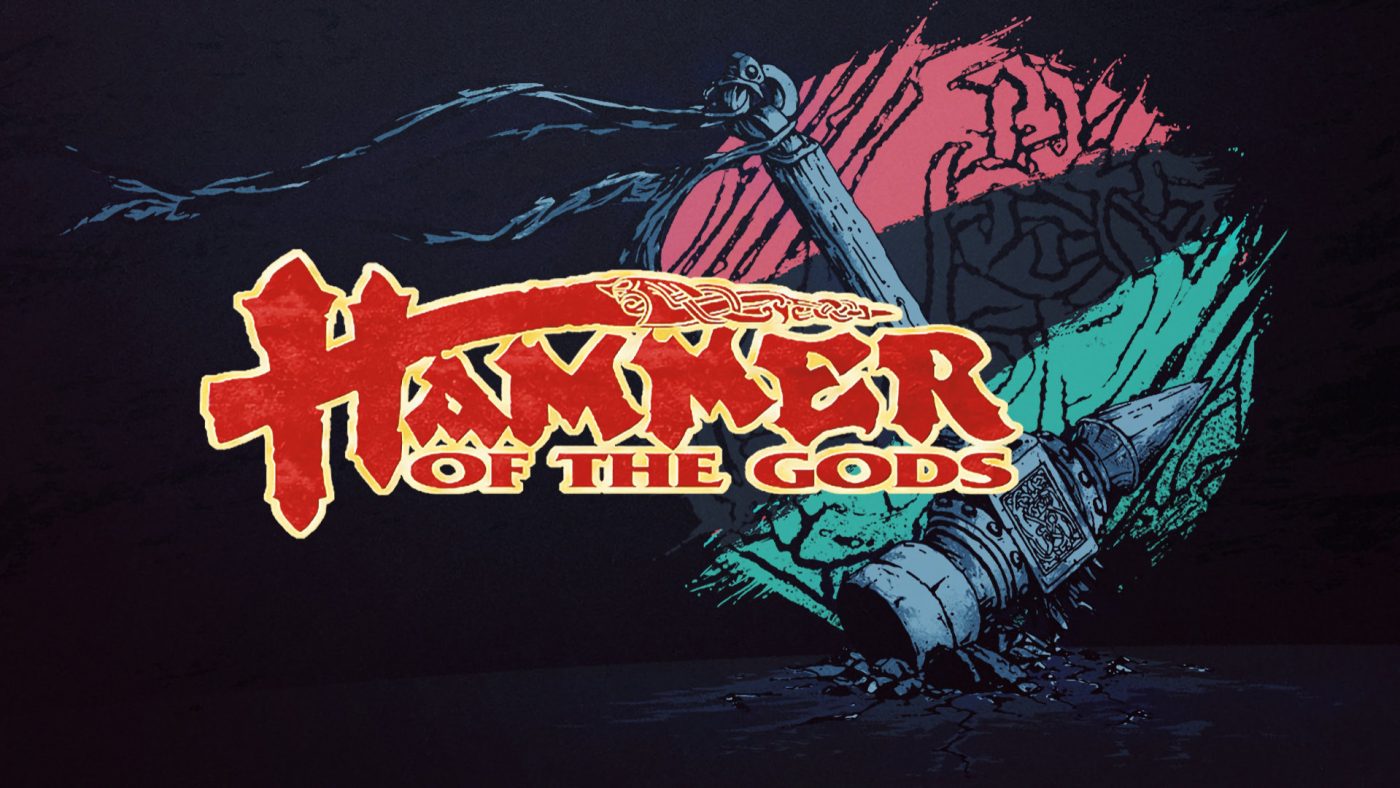Hammer of the Gods stands out as a quintessential example of early 90s innovation in strategy games. Released by Holistic Design in 1994 and published by New World Computing, this turn-based strategy game has retained a dedicated following thanks to its intricate gameplay, thematic depth, and pioneering mechanics. With its blend of mythological elements and strategic conquest, Hammer of the Gods not only captured the imagination of players at the time but also laid the groundwork for many subsequent games in the genre.
Mythology Meets Strategy
Hammer of the Gods transports players to the vibrant and tumultuous world of Norse mythology, a setting ripe with conflict, mystery, and heroism. Players choose from one of four Norse factions—Vikings, Dwarves, Elves, and Trolls—each with distinct abilities and playstyles. This diversity in factions encourages varied strategic approaches, making each playthrough a unique experience. The game’s narrative draws heavily from mythological lore, where players embark on quests given by the gods themselves, ultimately aiming to ascend to Valhalla.
The game’s immersion is bolstered by its detailed map, which spans mythical Scandinavia and beyond. Players navigate through diverse terrains, each impacting movement and strategy. From the icy fjords to dense forests and arid deserts, the environment plays a crucial role in the gameplay, forcing players to adapt their tactics to the changing landscape. This dynamic map design was a significant leap forward at the time, adding layers of strategic depth that many contemporary games lacked.
Innovative Gameplay Mechanics
Hammer of the Gods is a turn-based strategy game which distinguishes itself through several innovative mechanics. The inclusion of hero units, each with individual attributes and skills, adds a layer of role-playing complexity. These heroes can gain experience, acquire artifacts, and cast spells, which can turn the tide of battles. The interplay between strategic army movements and individual hero development creates a compelling gameplay loop that keeps players engaged.
The quest system in Hammer of the Gods is another standout feature. Players receive tasks from Norse deities, ranging from simple reconnaissance missions to epic battles against mythical creatures. Completing these quests not only rewards players with resources and artifacts but also progresses the overarching narrative. This quest-based progression system was relatively novel at the time, adding a sense of purpose and direction that enhanced the overall gaming experience.
Impact and Legacy
Despite its innovative features, Hammer of the Gods was somewhat overshadowed by more commercially successful titles of the time, such as Civilization and Heroes of Might and Magic. However, it has gained a cult status among strategy game aficionados. Its influence can be seen in later titles that blend mythological themes with strategic gameplay, such as the Age of Mythology series.
One of the game’s enduring legacies is its approach to faction diversity and balance. The distinct playstyles of the Vikings, Dwarves, Elves, and Trolls have been emulated by many later games, providing a blueprint for how to create meaningful differences between factions without compromising balance. This design philosophy has become a staple in the genre, ensuring that no two games play out the same way.
Hammer Time
Reflecting on Hammer of the Gods, it’s clear that the game was ahead of its time in many respects. Its rich tapestry of Norse mythology, combined with deep strategic gameplay and innovative mechanics, set a high bar for future games in the genre. While it may not have achieved mainstream commercial success, its lasting impact on the strategy game community and its influence on subsequent titles are undeniable. For those who appreciate the blend of myth and strategy, Hammer of the Gods remains a timeless classic that continues to inspire and captivate players even decades after its release.


